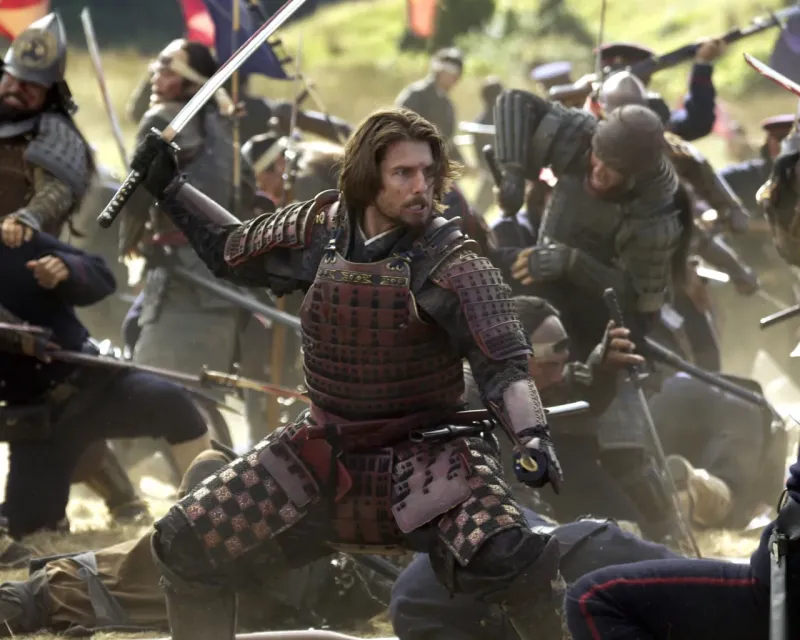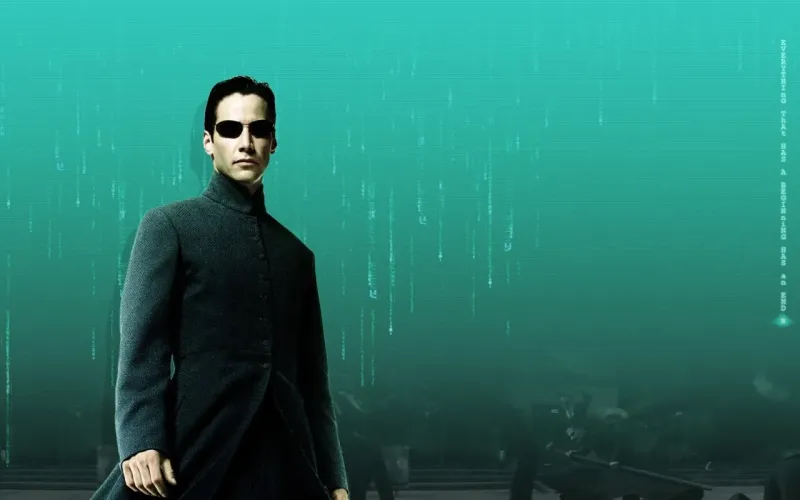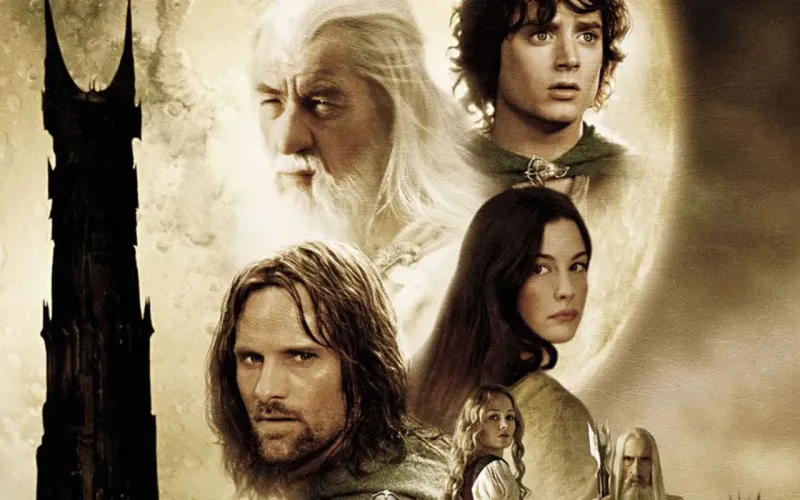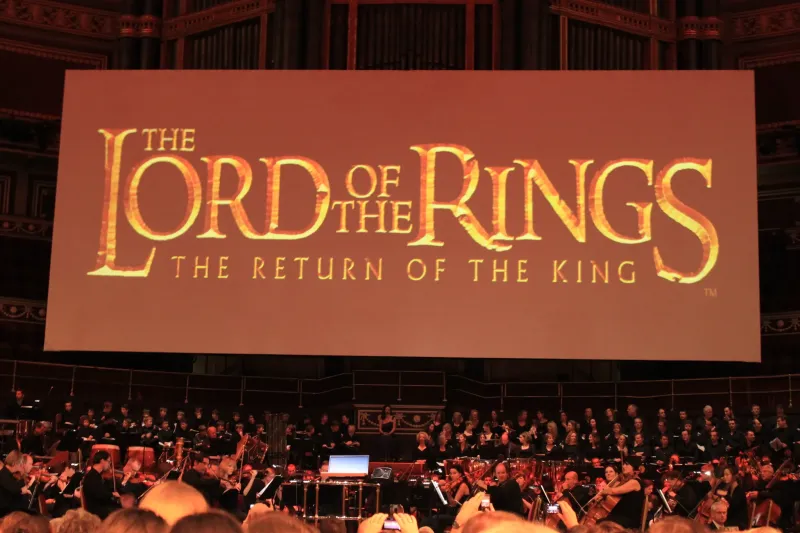Overview of The Last Samurai
The Last Samurai is a historical epic film released in 2003, directed by Edward Zwick. The movie stars Tom Cruise as Captain Nathan Algren, a disillusioned American military officer recruited to train the Japanese army in modern warfare tactics. Set in the late 19th century, the film explores the cultural clash between traditional samurai values and the encroaching influence of Western modernization. With its stunning visuals and compelling narrative, The Last Samurai offers an immersive experience into the world of the samurai.
The film is renowned for its meticulous attention to historical detail, capturing the essence of the Meiji Restoration period in Japan. It showcases the conflict between the samurai, led by Katsumoto (played by Ken Watanabe), and the Japanese government seeking to embrace Western technology and methods. Through Algren’s journey of self-discovery and redemption, the movie delves into themes of honor, loyalty, and the loss of tradition. The Last Samurai provides a poignant commentary on the inevitable changes brought about by modernization.
Key Characteristics and Features
The Last Samurai is distinguished by its powerful performances, particularly by Tom Cruise and Ken Watanabe, whose dynamic on-screen chemistry brings depth to their respective characters. The film’s cinematography, helmed by John Toll, is another standout feature, with sweeping landscapes and meticulously choreographed battle scenes that vividly depict the era’s aesthetic. Hans Zimmer’s evocative musical score further enhances the film’s emotional impact, seamlessly blending traditional Japanese instruments with Western orchestration.
A defining characteristic of the film is its commitment to authenticity. The attention to detail in costume and set design immerses viewers in the historical period, while the depiction of samurai culture is both respectful and nuanced. The film’s script, co-written by John Logan, Edward Zwick, and Marshall Herskovitz, carefully balances action with introspective dialogue, allowing for a narrative that is both engaging and thought-provoking. These elements combine to create a cinematic experience that is both visually and emotionally captivating.
Context and Cultural Impact
The Last Samurai was released at a time when Western audiences were becoming increasingly interested in stories about Eastern cultures. The film’s portrayal of Japanese history and culture sparked discussions about representation and the Western perspective on non-Western narratives. While some critics noted the film’s tendency to romanticize certain aspects of samurai culture, it was generally praised for its respectful and earnest approach to the subject matter.
In terms of cultural impact, The Last Samurai contributed to a broader appreciation of Japanese history and cinema in the West. It introduced audiences to the intricacies of samurai life, fostering a deeper understanding of the cultural and historical context of Japan during the Meiji era. The film's success also underscored the potential for cross-cultural storytelling in Hollywood, paving the way for future films that explore the intersections of different cultures. Ultimately, The Last Samurai remains a significant work within the genre of historical epics, celebrated for its artistry and its thoughtful exploration of cultural transformation.












